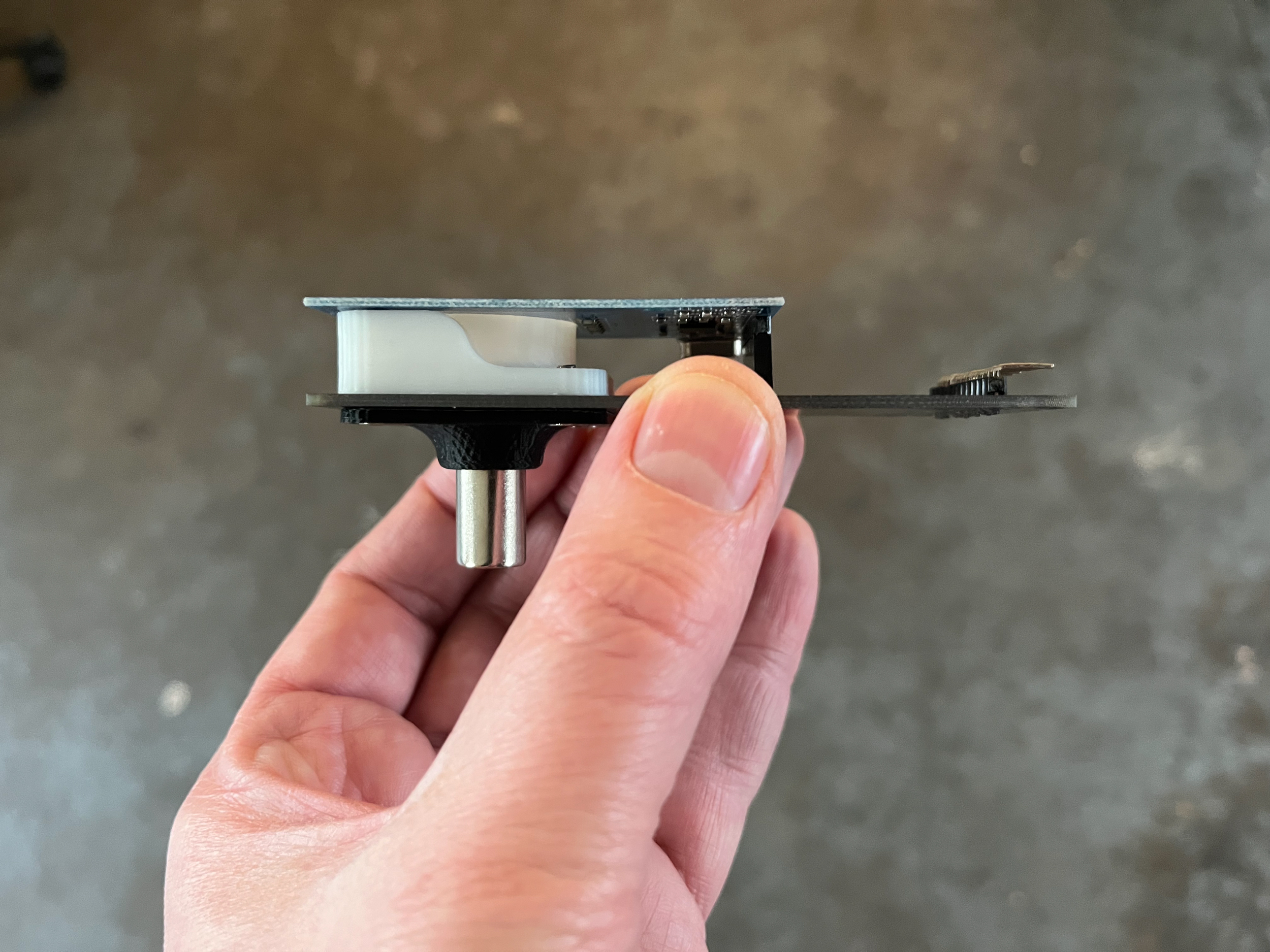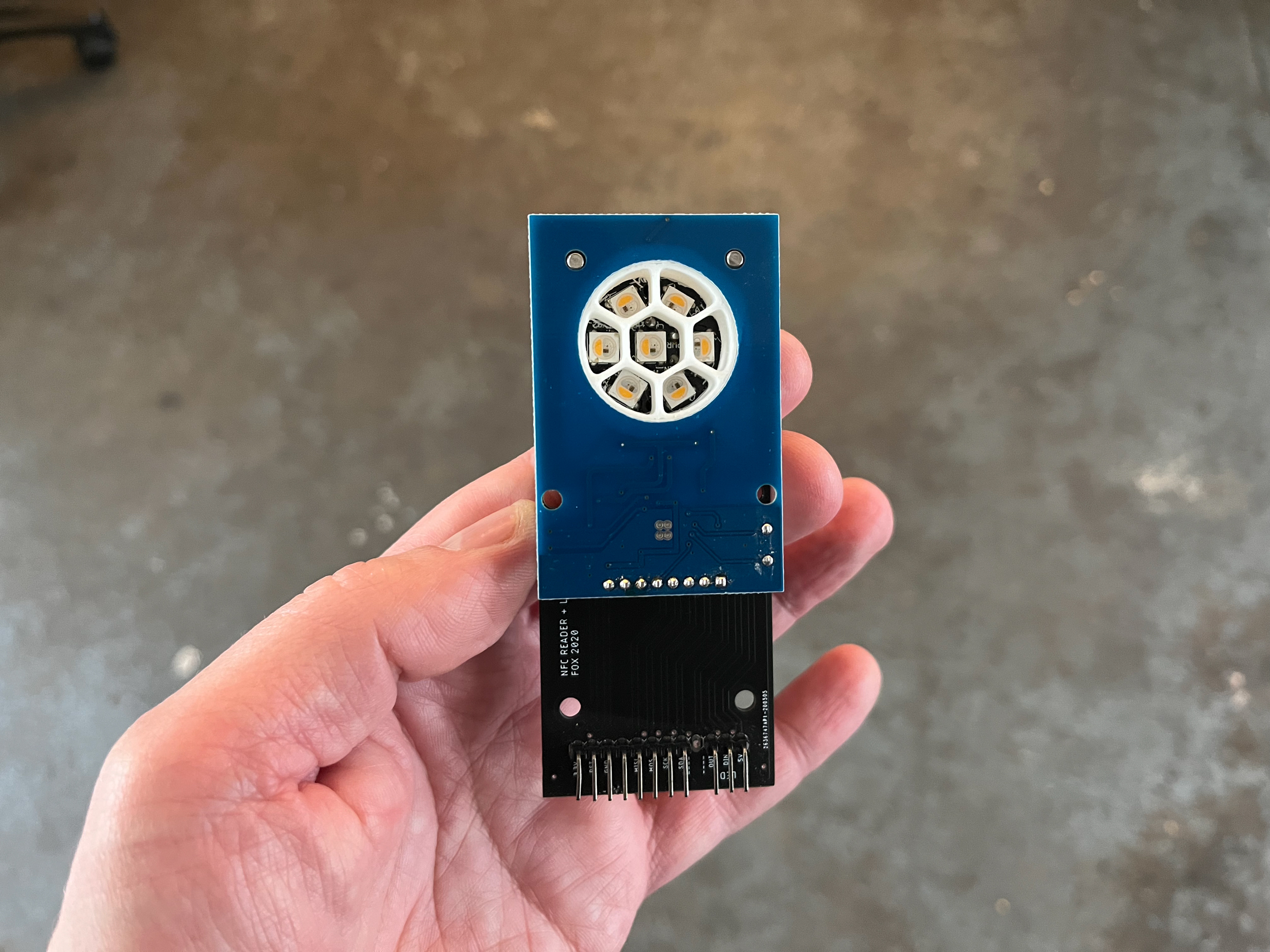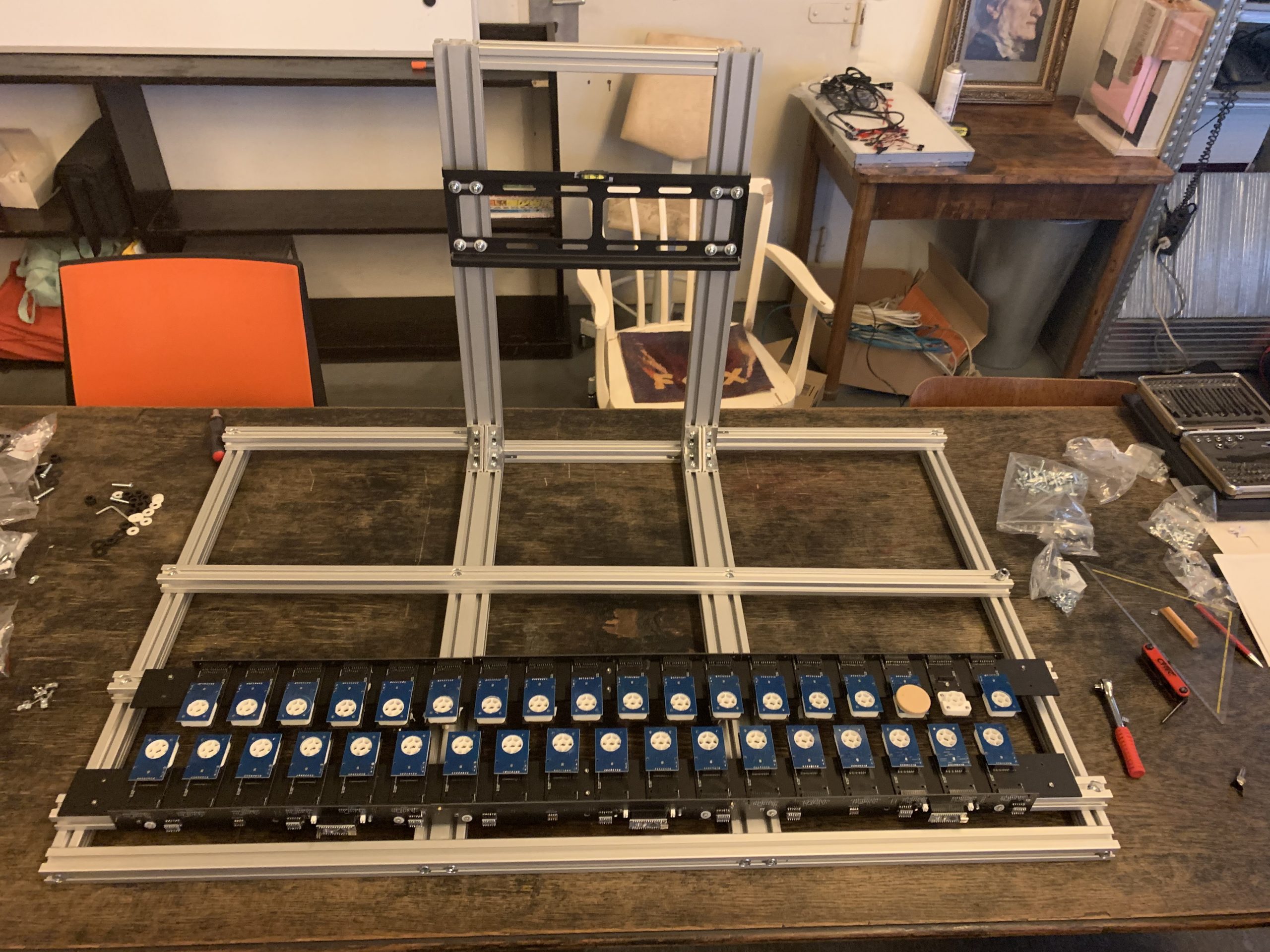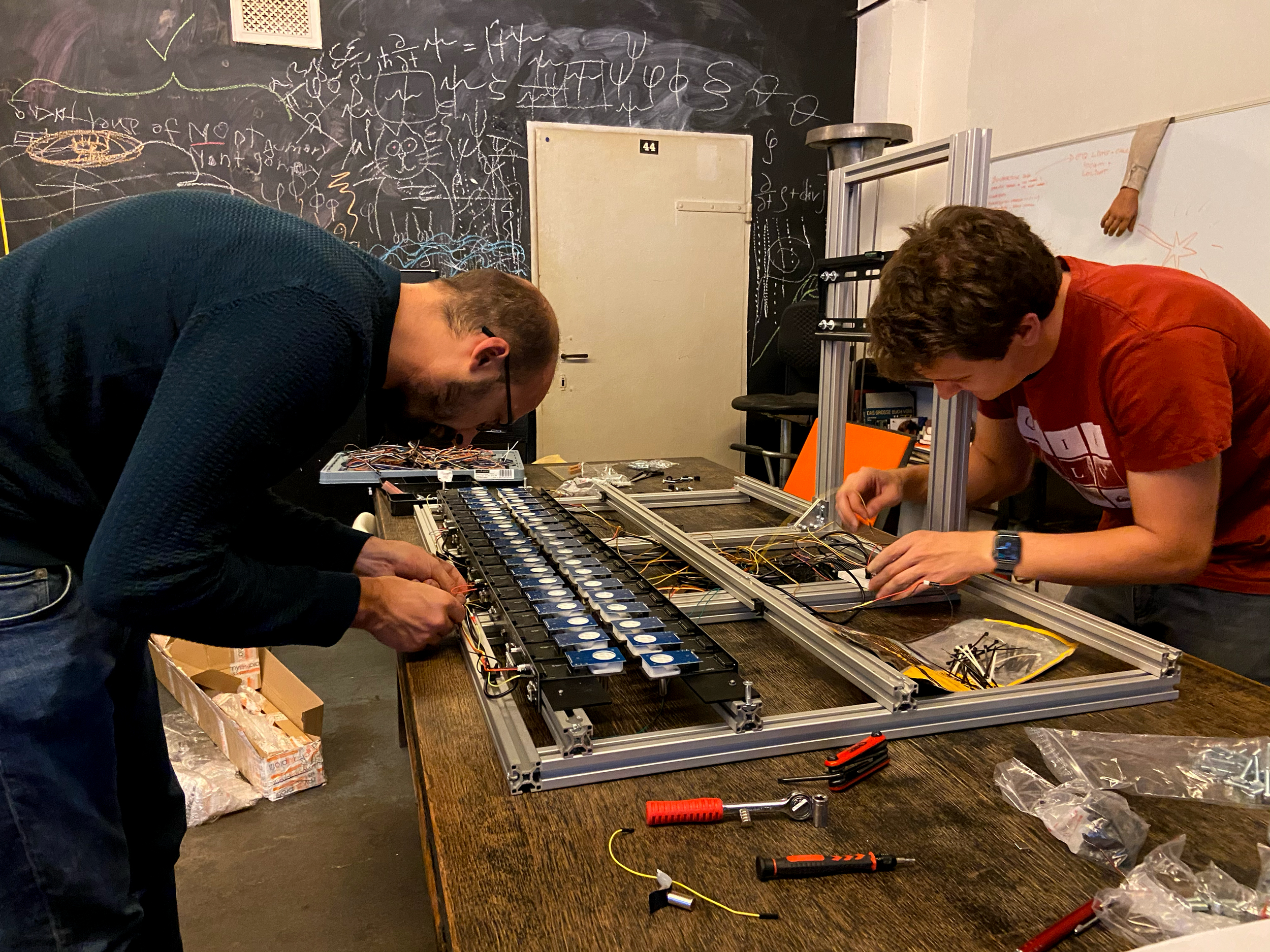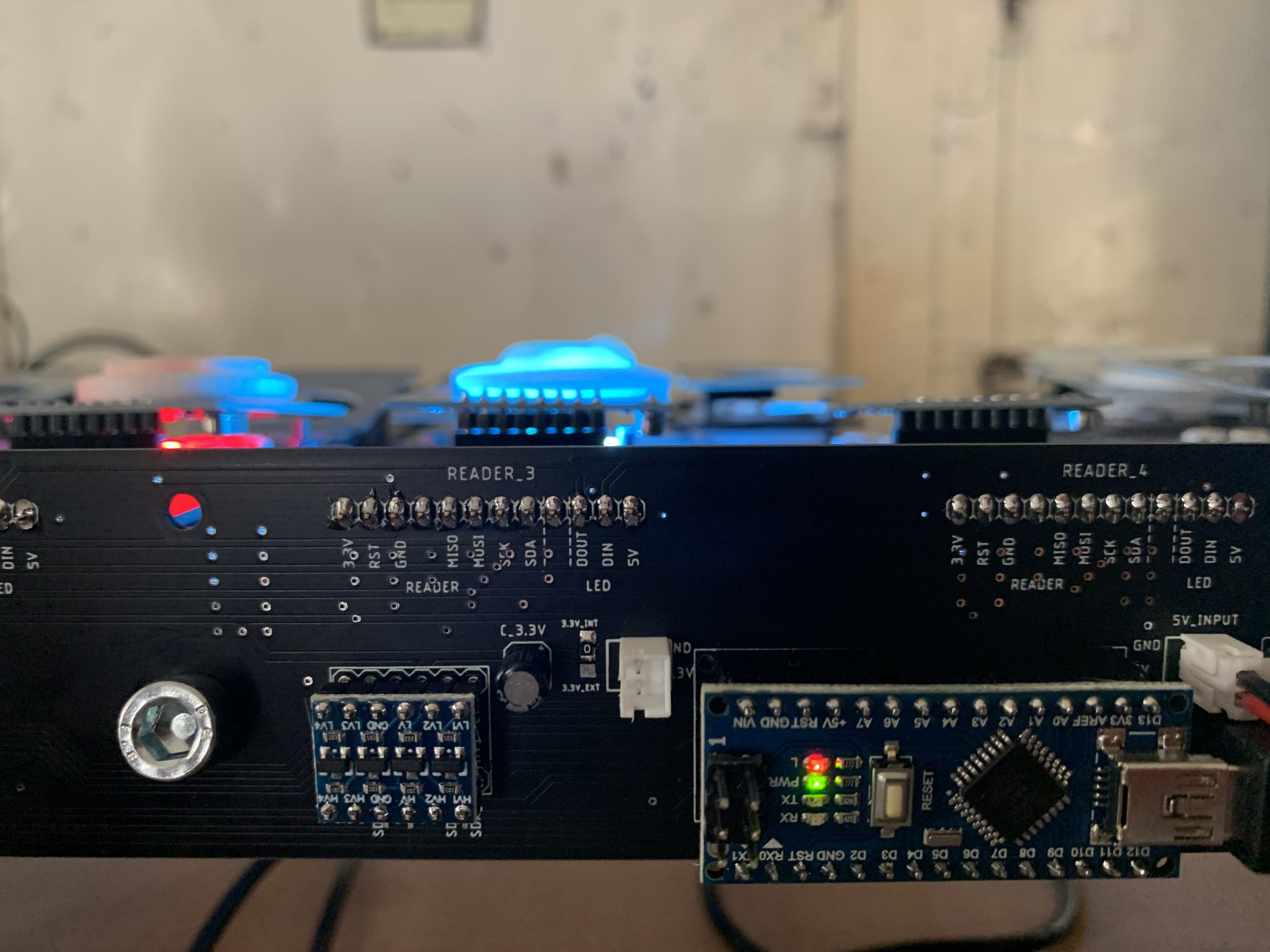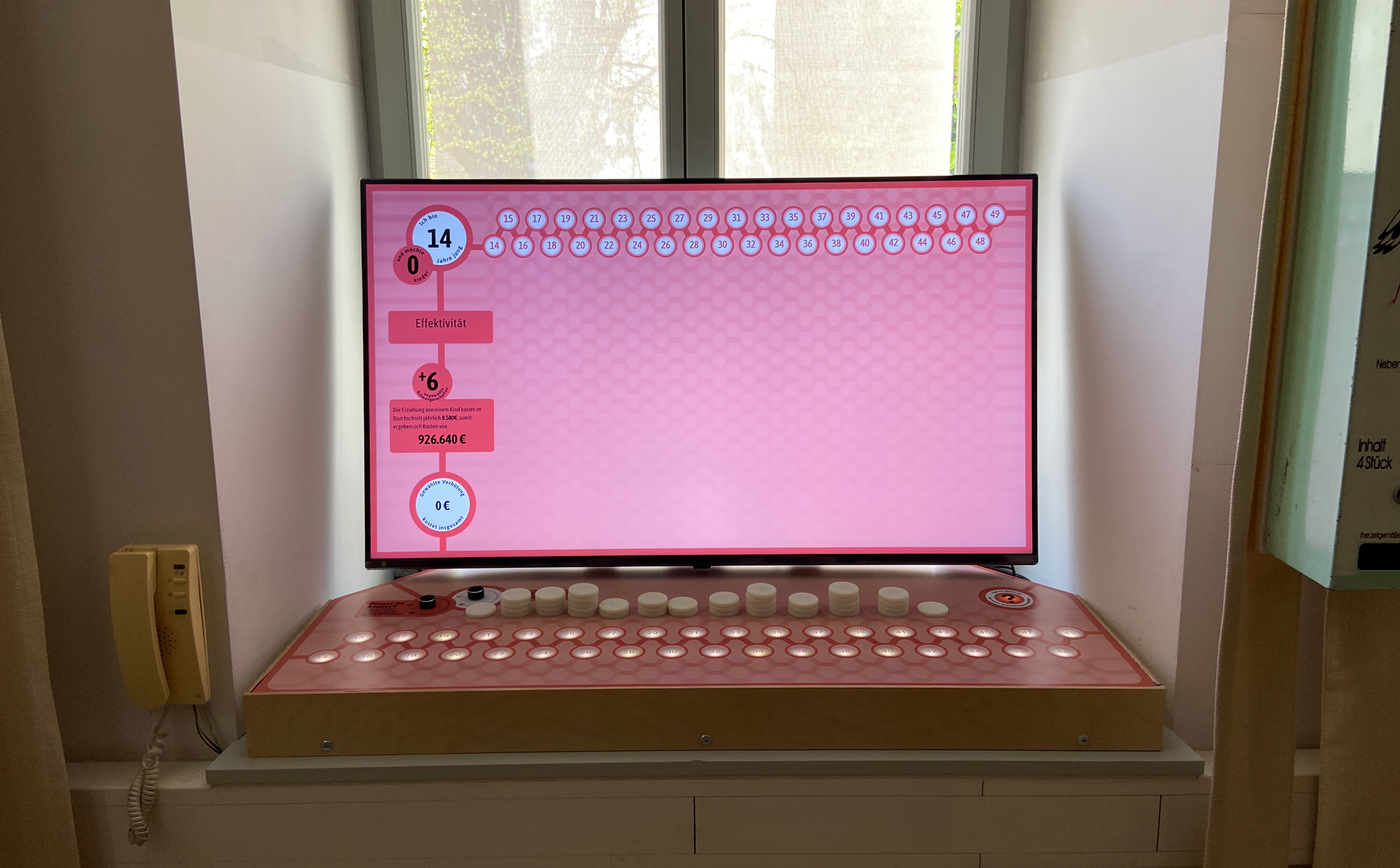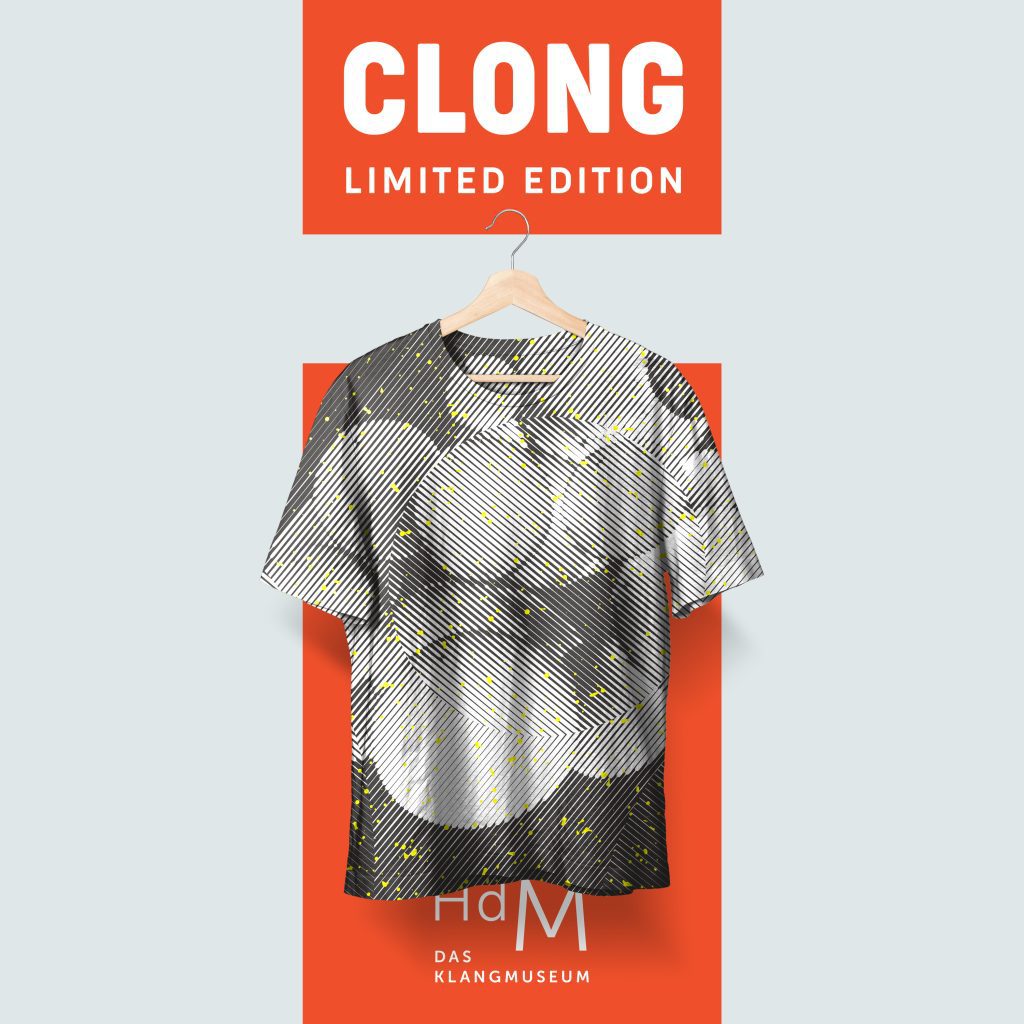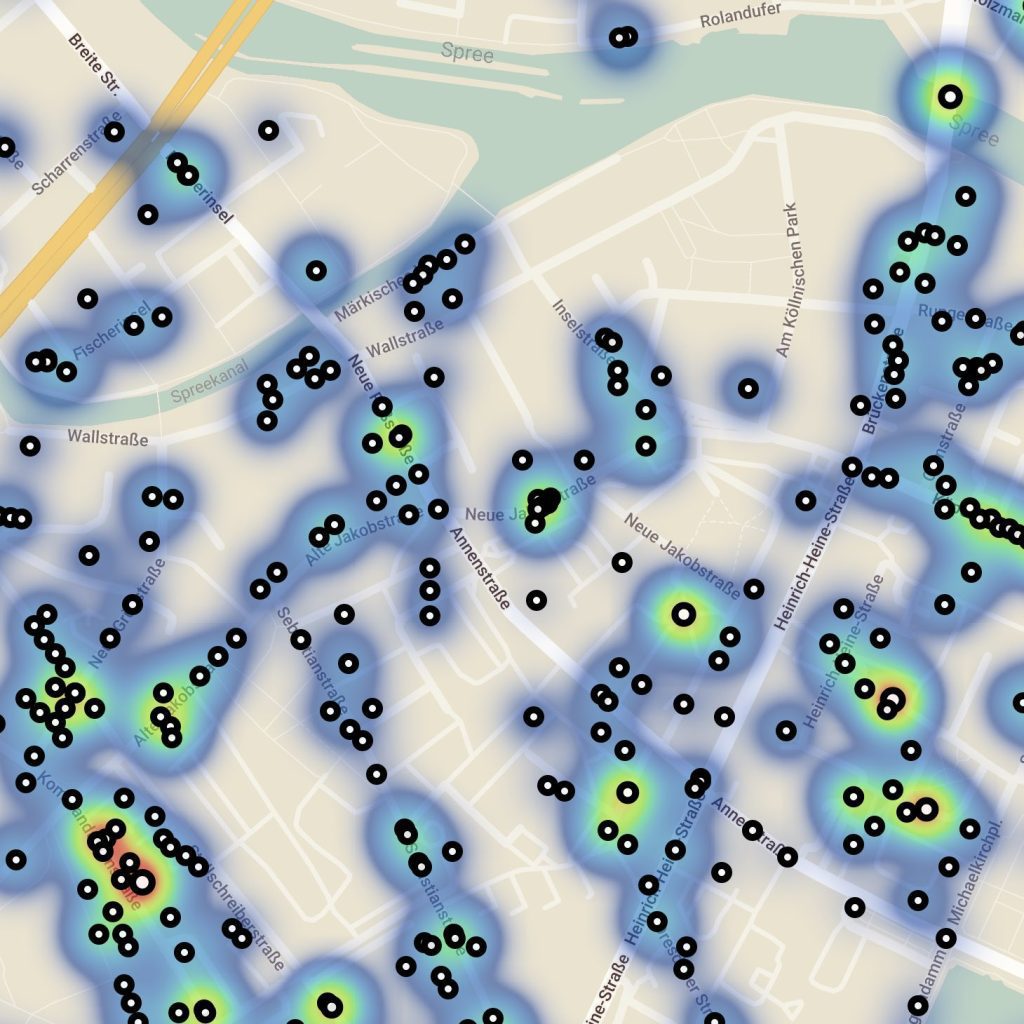The museum of Contraception and Abortion (MUVS) in Vienna was founded in 2003 with the goal of documenting the cultural history of birth control.
We were given the task of building an installation that helps inform visitors on the realities of the most popular contraceptive methods. We wanted to compare the costs, safety and effectivity in an interactive way, so we built the Lebenplanner. Each visitor experiences the information through the lens of their own life, starting by inputting their age and choosing how many (if any) children they would like to have. They then see the potential number of children (and associated costs) they could have within their remaining fertile years without the use of any contraceptives. After that they choose physical RFID pucks representing different contraceptive methods and apply them to their life on the timescale interface. Each addition brings up information about the chosen contraceptive and adjusts the overall outcome.
How we did it
The entire installation was produced in the LUX workshop. It was made from a combination of RFID, NFC readers, magnets and LEDs mounted with custom 3D-printed parts and circuit boards connected to micro Arduinos, Raspberry Pi’s and a Custom PC that hides the complexity from the visitor. The physical and digital interfaces were designed and built to reward interaction and invite curiosity. Calculating the true costs, safety and effectivity of contraception required the building of a custom backend that uses the Pearl Index as well as a wide variety of studies from all over the world.
The only real issue the museum has reported to us about our installation is that their visitors don’t want to stop using it, which can lead to some long lines.
We are exploring a way for users to take their results with them and further explore and learn in an online version of the lebensplanner.
- Custom hardware design and production
- Software Development
- Installation Design

